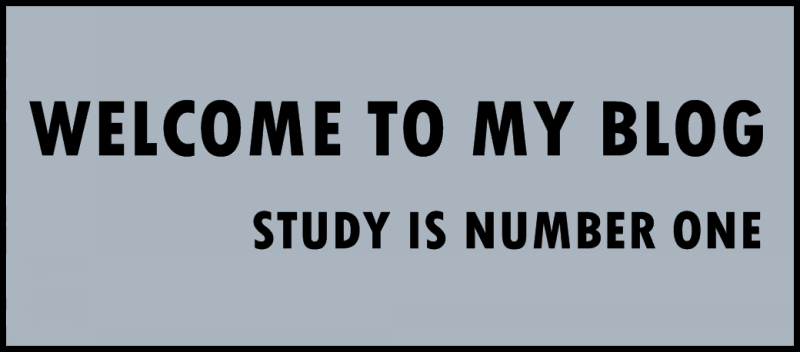Dicky Almoedir Pitra (1701316292)
Student Assignments 3: Pages 183-184 of textbook Discovering Computers
Lecturer: Tri Djoko Wahjono, Ir, M.Sc
1. True/False Mark T for True and F for False
FALSE 1.
The categories of application software are mutually exclusive. (142)
FALSE
2. Public-domain software is available to the public for a fee. (143)
FALSE
3. To click a button on the screen requires moving the pointer to the button
and then pressing and holding down a button on the mouse (usually the right
mouse button). (144)
TRUE 4.
A dialog box is a window that provides information, presents available options,
or requests a response. (145)
TRUE
5. A font is a name assigned to a specific design of characters. (149)
TRUE
6. In a spreadsheet program, a function is a predefined formula that performs
common calculations such as adding the values in a group of cells or generating
a value such as the time or date. (151)
TRUE
7. Computer-aided design (CAD) software is a sophisticated type of application
software that assists a professional user in creating engineering,
architectural, and scientific designs. (160)
FALSE
8. Image stitching is the process of adjusting or enhancing image colors and/or
adding special effects such as shadows and glows. (161)
